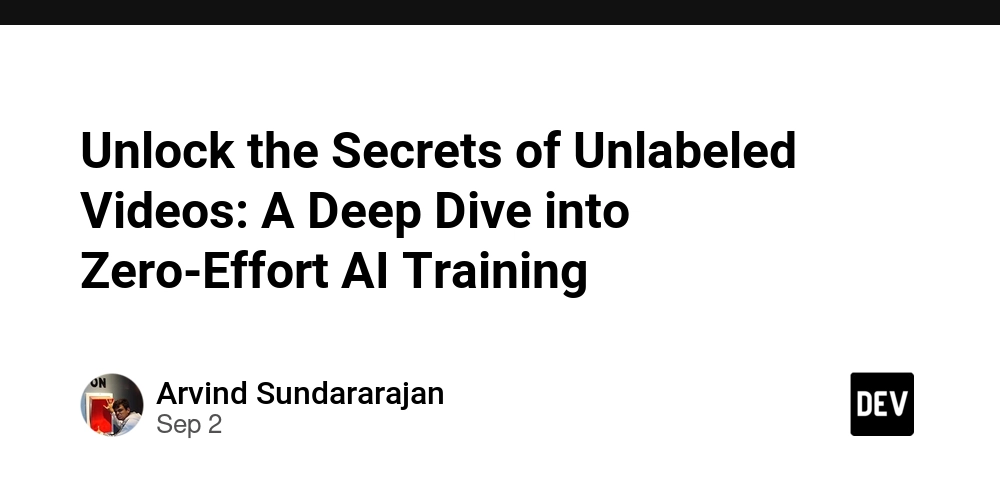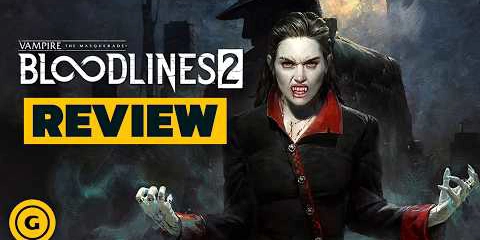Unlock the Secrets of Unlabeled Videos: A Deep Dive into Zero-Effort AI Training
Imagine teaching an AI to understand videos without ever labeling a single frame. No more painstakingly tagging actions, objects, or scenes. Sound like science fiction? It’s closer than you think. Let’s dive into a powerful technique that’s making unsupervised video learning a reality.
The Challenge: Learning Without Labels
The traditional machine learning paradigm relies heavily on labeled data. But gathering and annotating video data is incredibly expensive and time-consuming. This creates a bottleneck, limiting the widespread adoption of video AI, especially in resource-constrained environments.
Unsupervised learning offers a compelling alternative. The goal is to extract meaningful patterns and representations from unlabeled data, enabling AI to learn from the vast sea of videos readily available online.
But video data introduces additional complexities:
- Spatio-temporal information: Videos contain both spatial information (frames) and temporal information (motion over time). Capturing these relationships is crucial.
- Computational cost: Processing videos is computationally intensive, requiring powerful hardware and efficient algorithms.
- Continual learning: Real-world scenarios often involve learning from a stream of videos, where the distribution of data changes over time. The AI needs to adapt to new concepts without forgetting what it has already learned. This is known as continual learning.
The Solution: Non-Parametric Deep Embedded Clustering
One promising approach combines deep learning with non-parametric clustering. Here’s a breakdown of the key components:
- Unsupervised Feature Extraction:
* A deep neural network, often a video transformer, is trained to extract meaningful features from the input video. This network is trained using a self-supervised learning approach. This involves creating pretext tasks where the network has to make predictions based on the structure of the input data itself. For example, a pretext task might involve predicting the order of shuffled video frames or identifying missing video segments.
* The goal is to learn a representation where videos with similar content are mapped to nearby points in a high-dimensional feature space. Think of it as creating a compressed, numerical fingerprint for each video.



